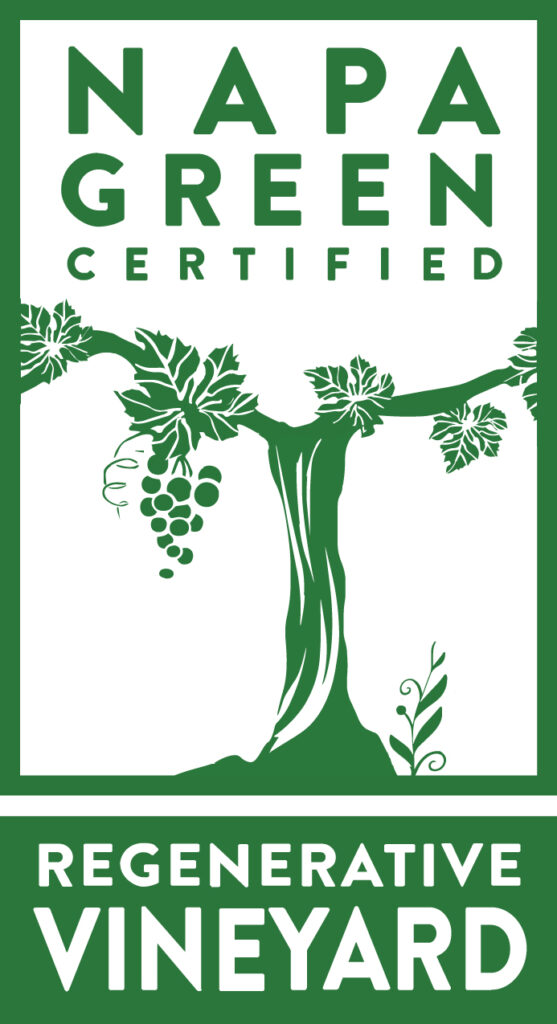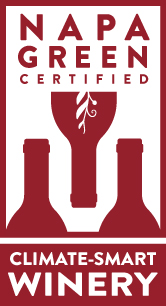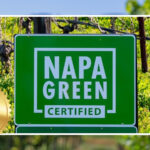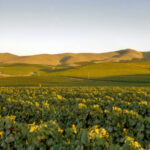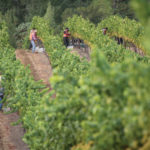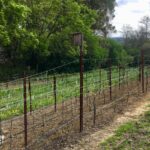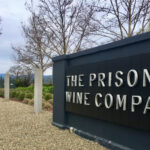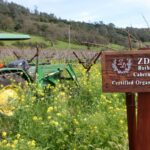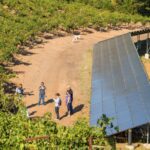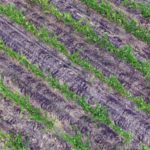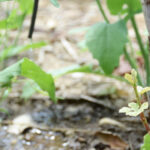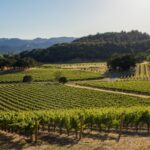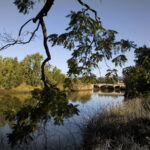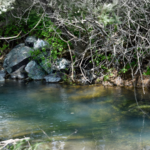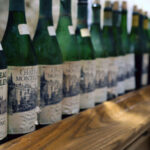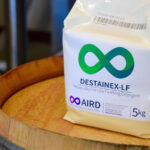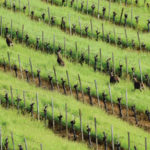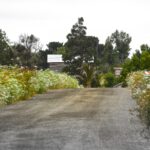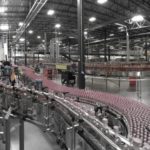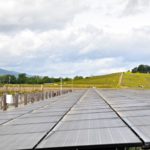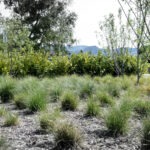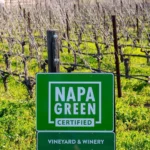Natural Cork is a Win for Planet and People
-
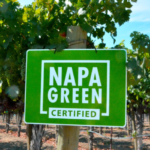 Napa Green | Champion Story
Napa Green | Champion Story
- |
- Regenerative Ag & Climate Action, Waste Prevention
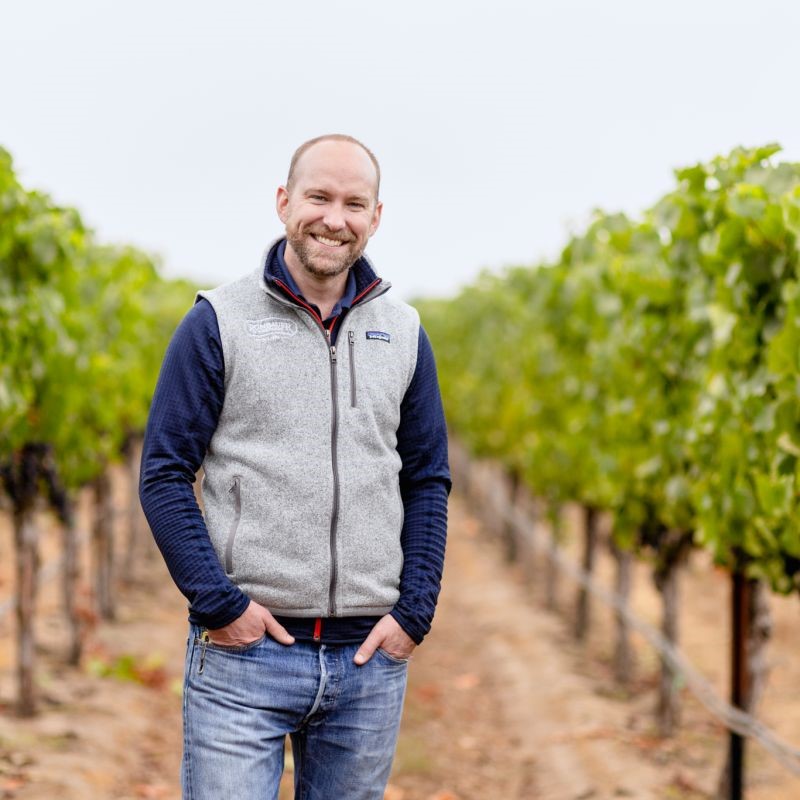
Says Richie Allen, Director of Viticulture & Winemaking, at Napa Green Certified Rombauer Vineyards. Most wine drinkers understand that if you are opening a high-quality wine you will be popping a cork. But somewhere along the way confusion has arisen about the sustainability of cork.

It’s simple – natural cork is the most sustainable wine closure. Did you know that cork is made from the bark of cork oak trees? The bark cannot be harvested until the oak tree is 25 years old, and is then harvested every nine years, using ancient harvesting techniques. The bark harvest actually prolongs the life of the trees, which can live from 100 to 300 years. This is the definition of a sustainable, renewable resource.
Wait, why am I looking at a cat? Cork oak forests spread across 5.4 million acres in the western Mediterranean, and have been recognized by the World Wildlife Fund as one of the 36 top biodiversity hotspots in the world, home to endangered species like the Iberian lynx, the Iberian imperial eagle, and the Barbary deer. In Portugal, the epicenter of corks forests, the trees have been protected since the 1200s. If a cork oak is cut down without permission from the forest service, there are criminal penalties, even if the trees are dead.
And far more than this is protected in these cork forests. The trees serve as a carbon sink. When considering the full life-cycle of a cork, from the carbon sequestered in the forest, to manufacturing and distribution, cork remains carbon negative, or climate positive. 12,000 natural corks offsets as much CO2e emissions as 83 solar panels. In Portugal, the CO2 stored in cork oak forests is equal to 5% of national emissions.
Also protected is a way of life. 95% of cork forests are owned by families or small to medium companies. The method of harvesting cork bark has been handed down from generation to generation, with cork harvesting being the best paid agricultural job in the world. In rural communities where harvesting is a specialty, often 3-5 people in each family work together to harvest the cork bark.
So, what about those screw caps and synthetic corks? Most metal screw caps have a plastic liner and there are no recycling facilities in the U.S. that can recycle them. They all end up in landfill. Similarly, plastic closures, made from fossil fuels, are not biodegradable and are rarely recycled. Significantly more energy, water, waste generation, and greenhouse gas emissions are required to make these wine closures.
One area where we can all do better is cork recycling. Cork is absolutely recyclable, but we have to get those little corks to the recycling groups like ReCORK and Cork ReHarvest. Many communities have convenient dropoff locations. Here is Napa we bring them to our local Whole Foods. By this time next year, you could be wearing shoes with soles made from your corks.
Read Forbes Story: Cork And The Environment: Recycling, Biodiversity And The Contribution To Fight Global Warming

About napa green
Napa Green is a global leader in sustainable winegrowing, setting the highest bar for sustainability and climate action in the wine industry. Napa Green facilitates systematic soil to bottle certification for wineries and vineyards, and provides the resources, tools and connections to continuously level up leadership. In 2021, Napa Green was the first sustainable winegrowing program in the world to redevelop Vineyard certification standards to focus on climate action, regenerative carbon farming, and social equity. In 2022, Napa Green and community partners launched the first of its kind, six-event RISE Climate & Wine Symposium (formerly THRIVES) with over 65 leading speakers and 40 “Sustainable Services & Solutions” partners and sponsors.
more climate smart musings
